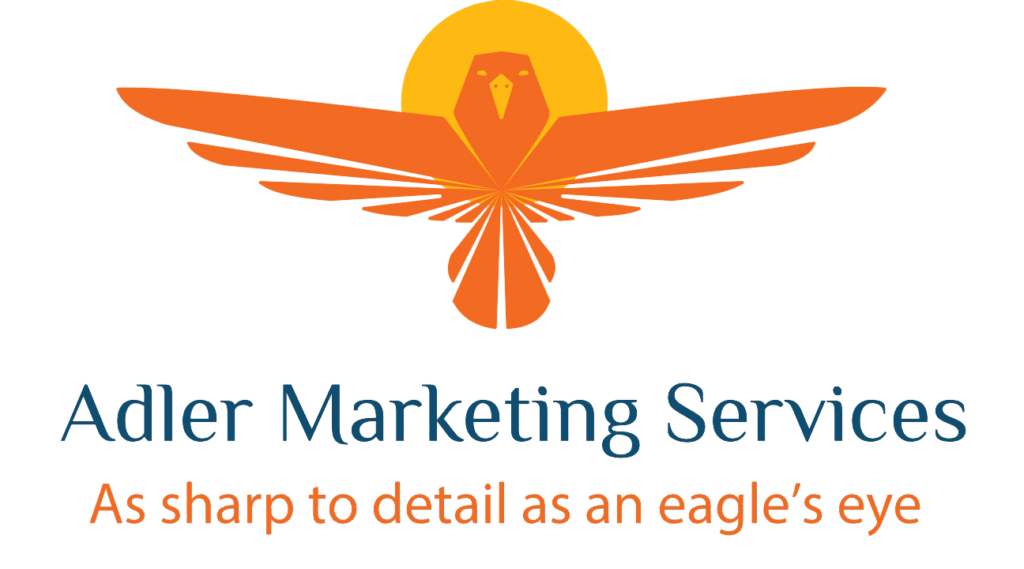Why You Always Need a Plan B When Exhibiting
September 30, 2018 / Arielle Adler
The basic preparations required for exhibiting at industry events are pretty much identical and seasoned professionals know that it is intense work to provide the required deliverables according to the event organizers deadlines and related internal guidelines. Having said that, it is fun work and very rewarding when everything planned turns out all right.
Those days of hard work, which many times go hand-in-hand with stress always remain, however much of experience one has. But the difference between those who are prepared for what is called “the-worst-case-scenario” and those who are not prepared with a plan B, can make a world of a difference.
So what should be included in a plan B:
- Be onsite during booth construction
- Bring copies of signed contracts with the event organizers and any (local) subcontractors from who you buy services (e.g. AV, internet, electricity, catering, cleaning services, courier), and contact details of each of them
- Print out lists of all materials needed at the event including for product display as well as to keep the stand and its team running
- In case you shipped materials, include in your backup plan, alternatives sources to obtain reserve products for display
- Check, check and double check
To illustrate how essential having a plan B in place is, I’d like to share with you an anecdote of an scenario which easily could have turned into a disaster, resulting in having an almost empty booth without products to display, but as I was prepared with a plan B, I was able to turn the tables and make the event a major success.
A shipment sent abroad of 2 pallets with 12 boxes went lost, despite the fact that is was sent sufficient time in advance with a respectable international courier company. Bad luck, especially as there were local Holidays, offices were closed and attempts tracing the shipment failed.
The headache was huge, and all kinds of scenarios were running through my head but there was not panic I was well prepared; Armed with a printed out daily script which included: booth duties, team members’ arrival/departure dates and their way of transportation to the event site, action items, notes for briefings and debriefings as well as the earlier mentioned bullet points, gave me the toolset to create magic.
Quickly alternative products for display were organized, equipment and material were rented or bought and with a dedicated team committed to make the best of this unexpected situation, the booth was ready at the time of opening to the public and nobody would have guessed about what happened behind the scenes. Another successful event for the company was recorded.
Did you have similar experiences? Did you come up with other ways to avert disaster? Do you have tips and tricks you’d like to share? Please feel free to share them!

